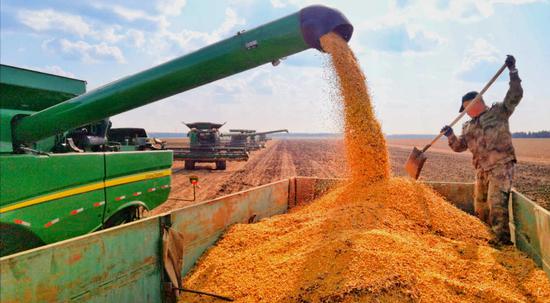
China recently issued an action plan on saving food to ensure supplies and security amid challenges caused by increasing food demand and global climate change.
The plan, released by the general offices of the Central Committee of the Communist Party of China and the State Council, China's Cabinet, emphasizes saving food through the entire chain, including grain production, storage, transportation, processing and consumption, according to the CPC's office leading the country's rural work.
It aims to establish a standard and a monitoring system for cutting food loss and waste, effectively curbing the problem and forming an anti-waste social atmosphere by 2025.
About 14 percent of the world's food is lost between production and retail, and a 1-percentage-point decrease is equivalent to increasing 27 million metric tons of grain output, which is enough to feed 70 million people for a year, the United Nations Food and Agriculture Organization said.
"Focusing on saving food from multiple procedures, the plan actually adds 'invisible' high-quality farmland and carves out important ways to ensure national food security," the office said.
Meanwhile, reducing food loss and waste will save land, water, fertilizers and pesticides, and thus protects the environment and reduces carbon dioxide emissions, helping sustainable development.
Scientific innovation to reduce food loss is promoted in the plan, with detailed measures to upgrade techniques and equipment involved in food transportation, storage and processing, the office said.
Targeting the loss in food preservation, the plan encourages major grain-producing counties to apply environmentally friendly dryers, and food enterprises are expected to provide drying services for farmers. Old warehouses should also be renovated, according to the office.
Zhang Chengzhi, an official with the National Food and Strategic Reserves Administration, said post-harvest service and scientific storage techniques provided to farmers will greatly reduce grain loss.
"Farmers play a major role in food production, and they are the beginning of the grain circulation," Zhang said.
In recent years, Shandong province and the Ningxia Hui autonomous region have developed new steel silos with storage capacity of 30 to 50 metric tons.
"Providing farmers with grain drying services can prevent farmers from drying grain on the ground or piling it up in the yard," he added.
The plan also suggests that special railway routes, harbors and transfer stations should be built to facilitate food transportation and avoid en-route grain loss.
Zhou Guanhua, another official with the administration, said new technologies support reducing grain loss during transportation. The special vehicles for bulk grain, devices for unloading grain trucks, and automatic weighing instruments have proved to be effective, Zhou said.
The plan also proposes sharing the experience of reducing food loss with the international community, and promoting cooperation, talent and technology exchanges in saving food.
China hosted the International Conference on Food Loss and Waste in Shandong in September. The recent food action plan proposes to make the conference a regular event.















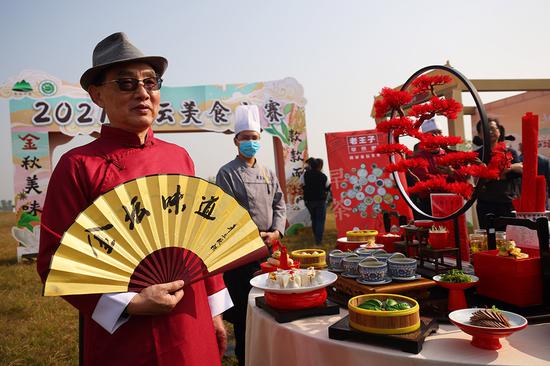
















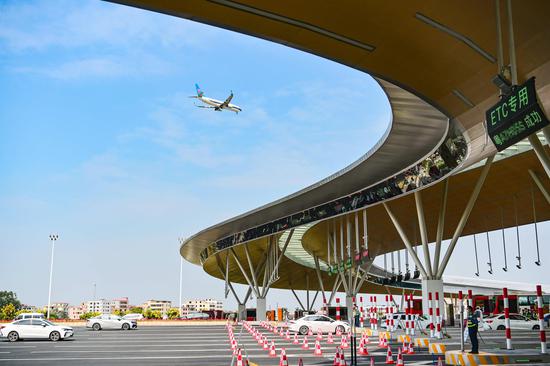






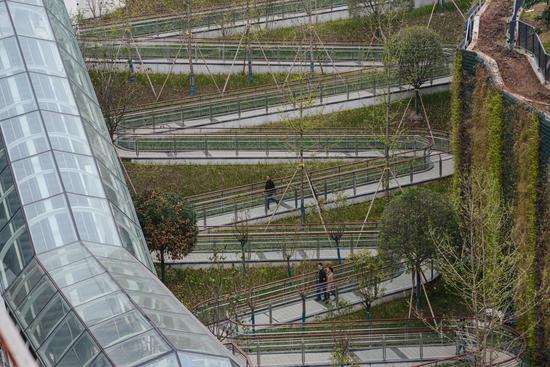






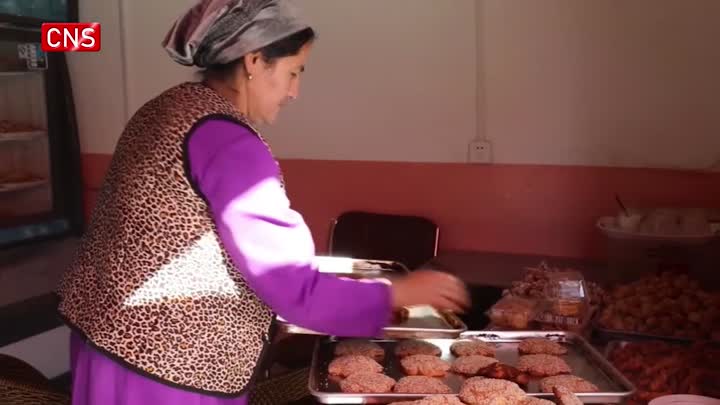



 京公网安备 11010202009201号
京公网安备 11010202009201号